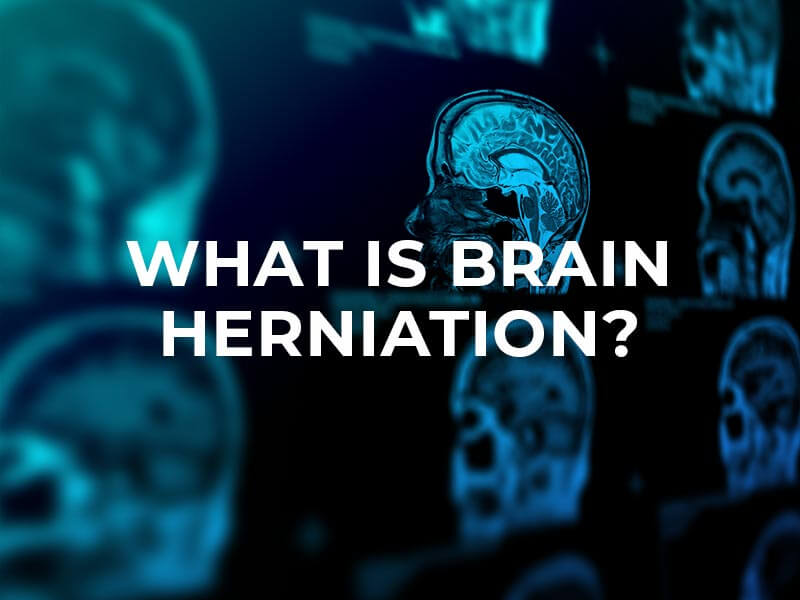What is Brain Herniation?
Our brains are the control centers of our bodies, and a brain injury can lead to lifelong disabilities or death. One of the most serious injuries that can happen to the brain is brain herniation, also called hydrocephalus. This is commonly referred to as “water on the brain” and, if not treated immediately, is often fatal.

Understanding cerebrospinal fluid
Cerebrospinal fluid (CSF) is produced by specialized cells in the brain. This fluid plays a vital role in cushioning the brain and spinal cord. It acts as a shock absorber and support system for the central nervous system. The CSF:
- Helps bring nutrients to the brain and flush out waste when we are sleeping.
- Lubricated the movement of the skull and spinal column.
- Helps regulate the brain’s blood pressure.
CSF is continually replenished and constantly being broken down and reabsorbed in the body. If anything interferes with the breakdown or production of this fluid, it can accumulate and place enormous pressure on the brain. This fluid regulation can be interfered with due to a head injury, a stroke, a brain tumor, or an infection.
What causes brain herniation?
Hydrocephalus is the excess accumulation of CSF. It causes an abnormal widening of the spaces in the brain called ventricles. Some of the most common symptoms of hydrocephalus include:
- Headaches
- Nausea and vomiting
- Blurred or double vision
- Lethargy
- Irritability
- Balance problems
- Incontinence or frequent urination
- Changes in personality or memory loss
Can brain herniation be medical malpractice?
In most cases, healthcare professionals do not cause the conditions that lead to hydrocephalus. However, if they fail to properly diagnose the problem, it could be considered medical malpractice. When a brain injury, stroke, tumor, or infection is suspected, doctors should use cranial imaging technology to determine whether a person has brain herniation. This can include using CT scans, MRIs, ultrasounds, and pressure-monitoring technology.
Treatment for brain herniation, or hydrocephalus, usually involved surgically inserting a shunt in the brain to drain the excess CSF and relieving the pressure on the brain. The excess fluid is diverted from the skull to another part of the body, usually the abdomen, where it can be reabsorbed by the circulatory system. However, shunts require continual monitoring and follow-up care. Nearly 50% of shunts fail within two years of implantation.
Some of the most common problems encountered with shunts in these cases include:
- Shunt blockage: this can happen there is a blockage in the device. The patient will experience the same problems they did before it was inserted.
- Shunt over draining: this can occur when a shut drains the CSF too quickly and cause headaches, torn blood vessels, and brain ventricle collapse.
- Infection in the shunt: the patient can develop fever, soreness of the neck and shoulder muscles, redness and tenderness along the shunt tract, etc. Untreated infections can lead to sepsis.
- Shunt breakdown: parts of a shunt can break down and travel throughout the body, leading to serious patient complications.
What you should do
If a doctor failed to properly diagnose your brain herniation or failed to properly monitor your treatment after a diagnosis, you could be a victim of medical malpractice. You need to seek medical attention immediately in order to determine whether you are entitled to compensation for what has happened to you.